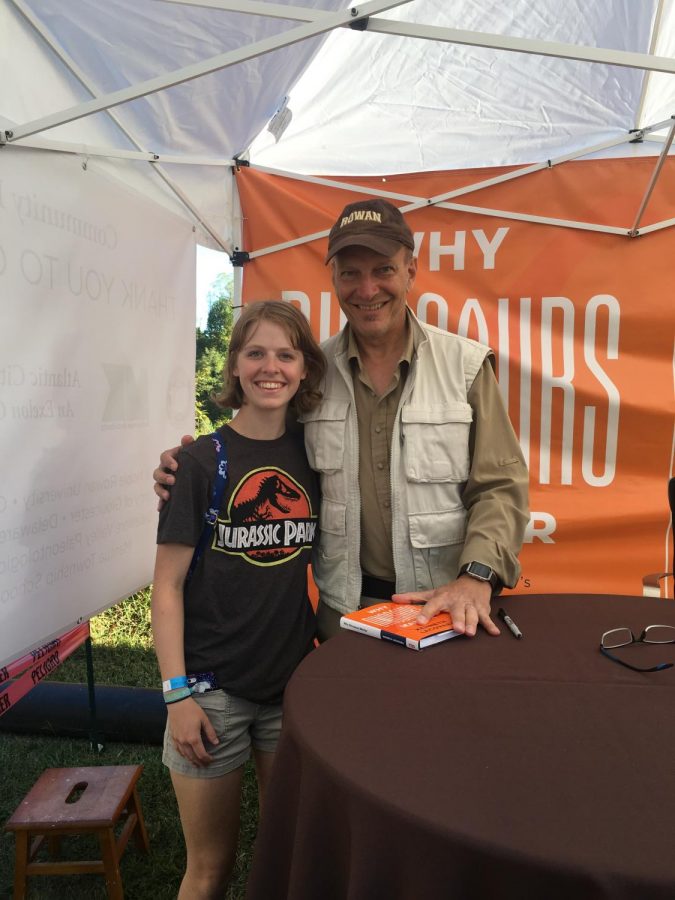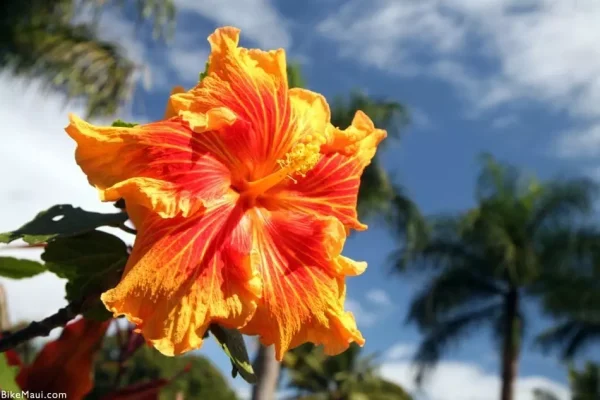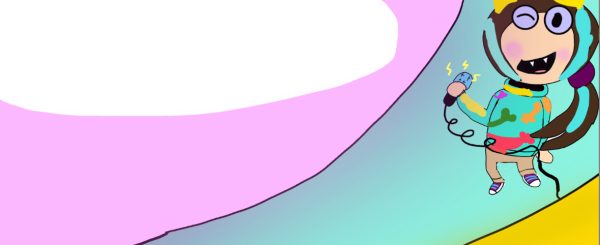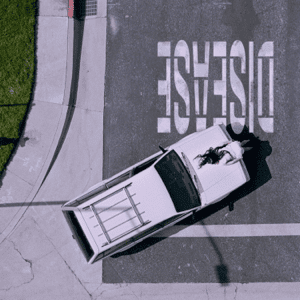Digging for bones at Rowan with Professor Lacovara
Lacovara’s latest book focuses on the impact dinosaurs have on pressing issues today, as well as other possible explanations for dinosaur extinction.
People of all ages became paleontologists on September 23, when Rowan College held its sixth annual Community Dig Day.
Dozens of people were able to sift through the Mantua Edelman fossil park, a former quarry and site of Cretaceous era fossils.
Participants were able to keep fossils they found as long as they were not so unique they would lead to more research and a greater understanding of dinosaurs at the time.
Upon arrival at check-in, attendees were bussed to the Mantua park, at which volunteers and staff showed different fossils found in the same dig spot.
Fossils found at the dig site include marine snails, brachiopods, shark teeth, sea turtles, marine crocodiles, and mosasaurs, with the latter rarer than the rest. The event staff hinted that if attendees were willing to get dirty, they would be able to find and take home some of these fossils.
Before entering the dig site, all attendees had the chance to meet Kenneth Lacovara, the Director of the fossil park, Dean of the School of Earth and Environment, and the paleontologist who discovered the famous Dreadnoughtus.
His new book, “Why Dinosaurs Matter”, was available to be signed. Lacovara’s latest book focuses on the impact dinosaurs have on pressing issues today, as well as other possible explanations for dinosaur extinction.
Attendees were then given plastic shovels (though they were encouraged to bring plastic tools from home) and Lacovara spoke to attendees before letting them loose in the former quarry.
Staff members were on hand to answer questions about what attendees found and identify fossils.
I and my younger brother, mother, and father attended the community dig, hoping – if not expecting – to find something of note. Staff encouraged all participants that they would be bringing home shark teeth or something noteworthy, but that was not the case.
The community dig area of the quarry was not a cornucopia of fossils, but my family and I were still able to find quite a few interesting fossils.
We all found Vivianite, a deep blue crystal rare to find in other places, but common in the quarry.
Along with our vivianite, we brought home quite a few iron deposits, “bacteria poop”, and 65 million year old rocks. My brother Russell even found a rock with a shell’s fossilized imprint.
Although the finds weren’t as plentiful as advertised, the event was run quite well save for some overcrowding at the dig site.
The dig site opens for the community dig once a year, but at the dig, staff announced plans to create a full-time museum dedicated to fossils found within the quarry, a welcome center, and a dinosaur playground, thanks to a $25 million donation from Jean and Ric Edelman.
With the opportunity to become a paleontologist, the Community Dig Day participants got down and dirty and travelled 65 million years into the past, and will continue to do so at the annual event.







